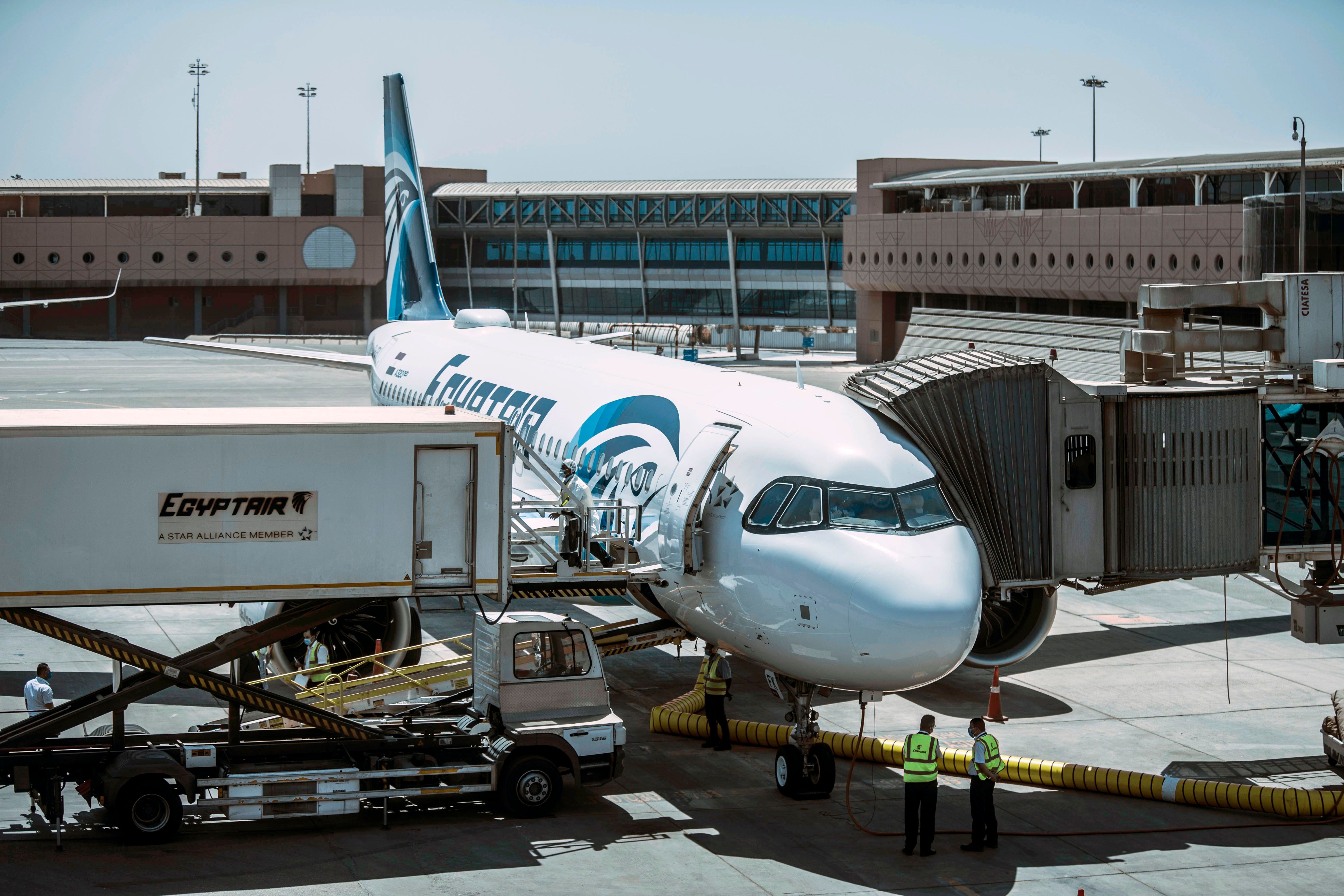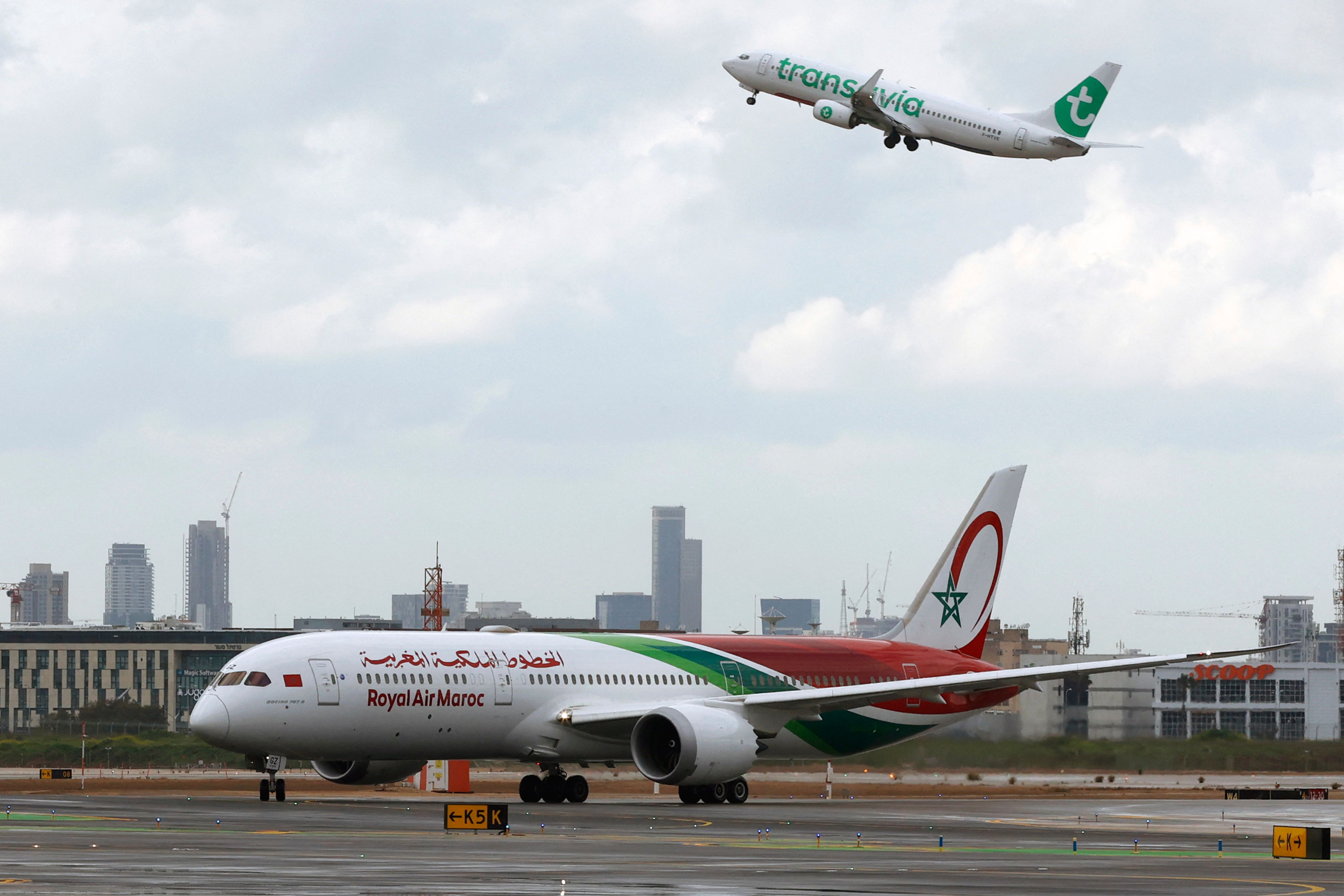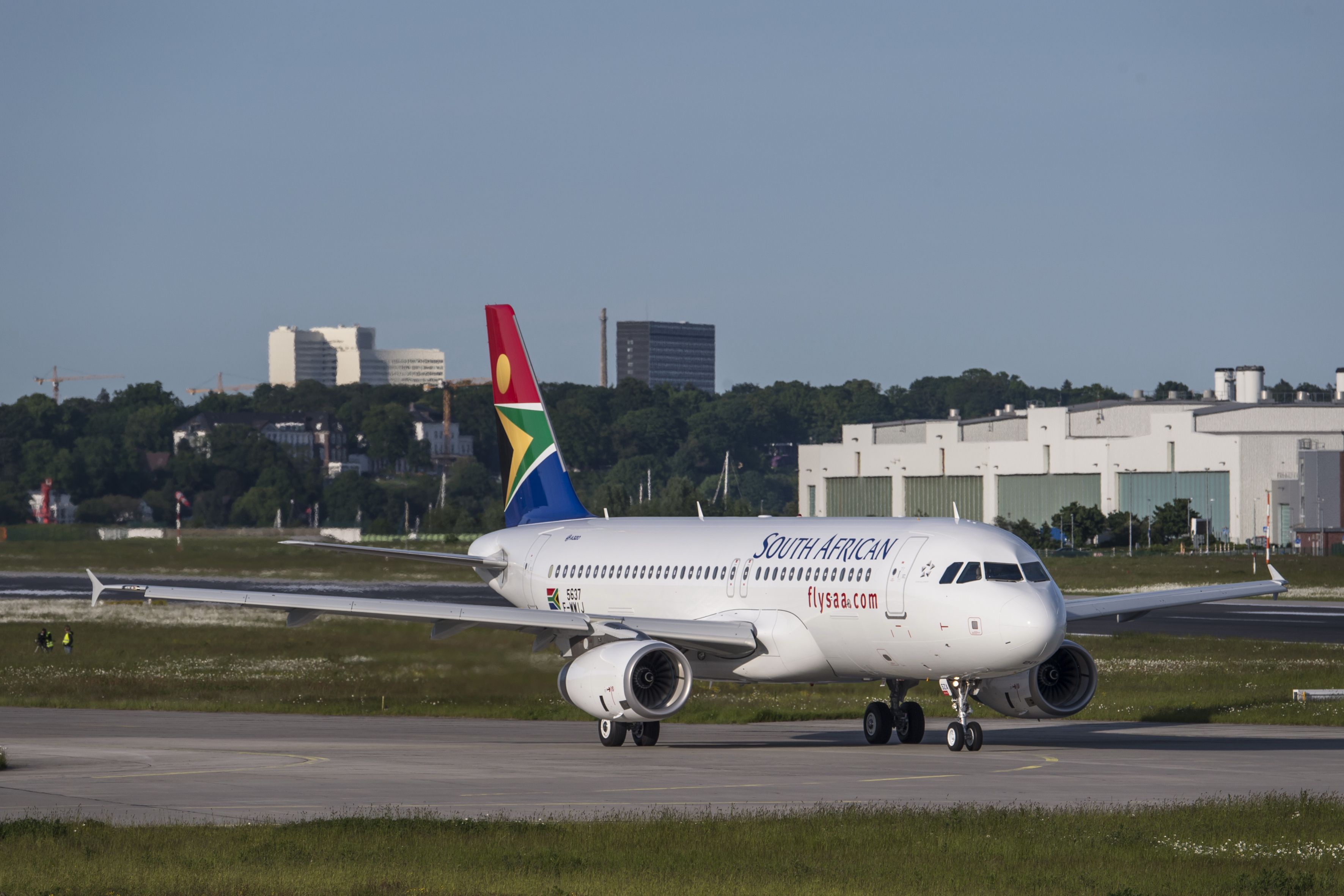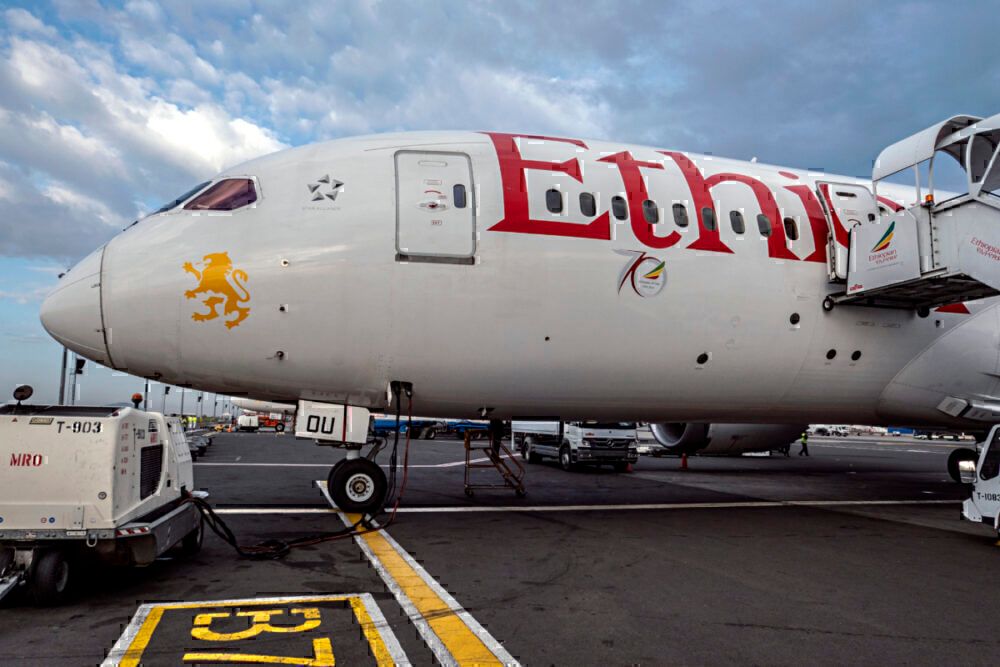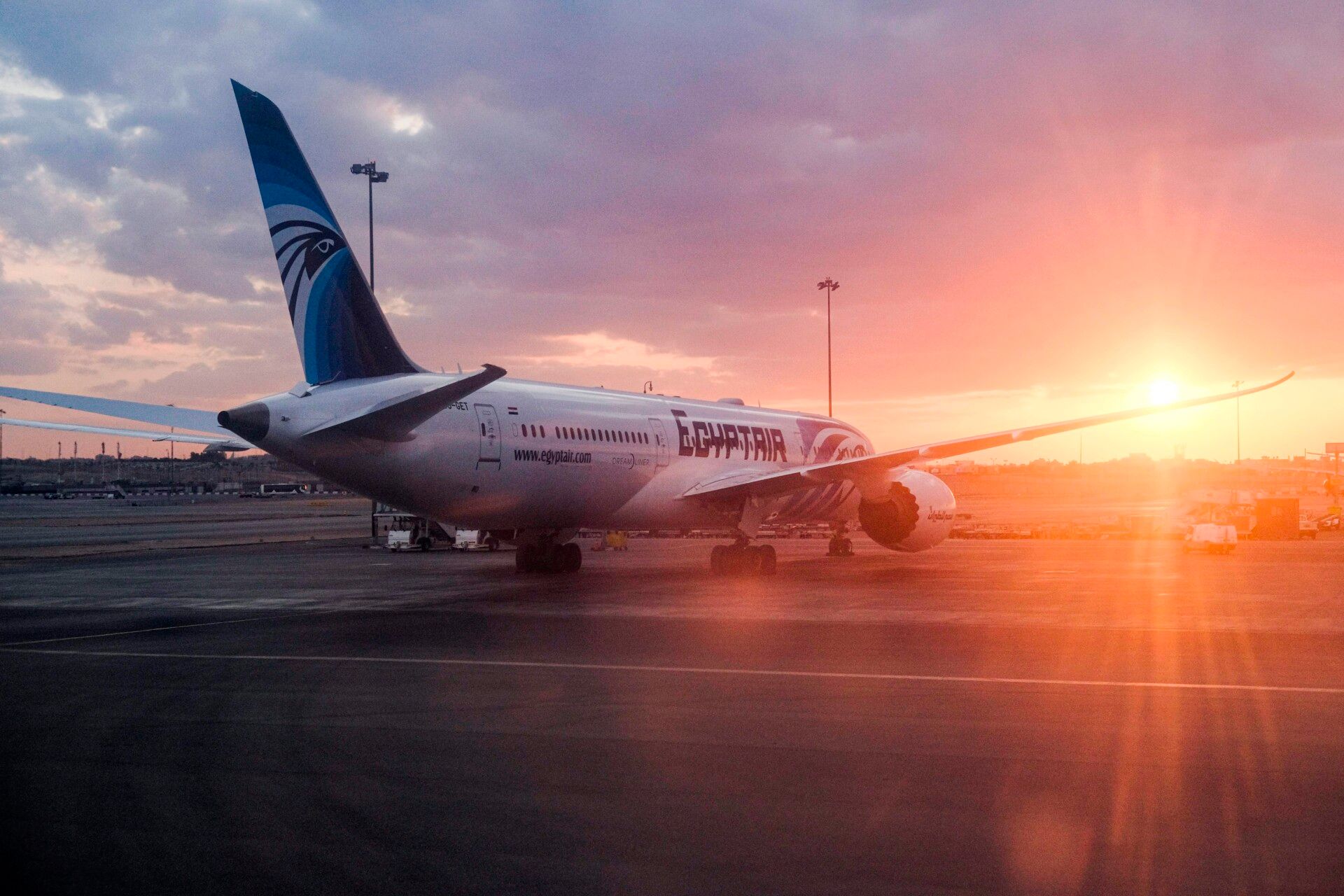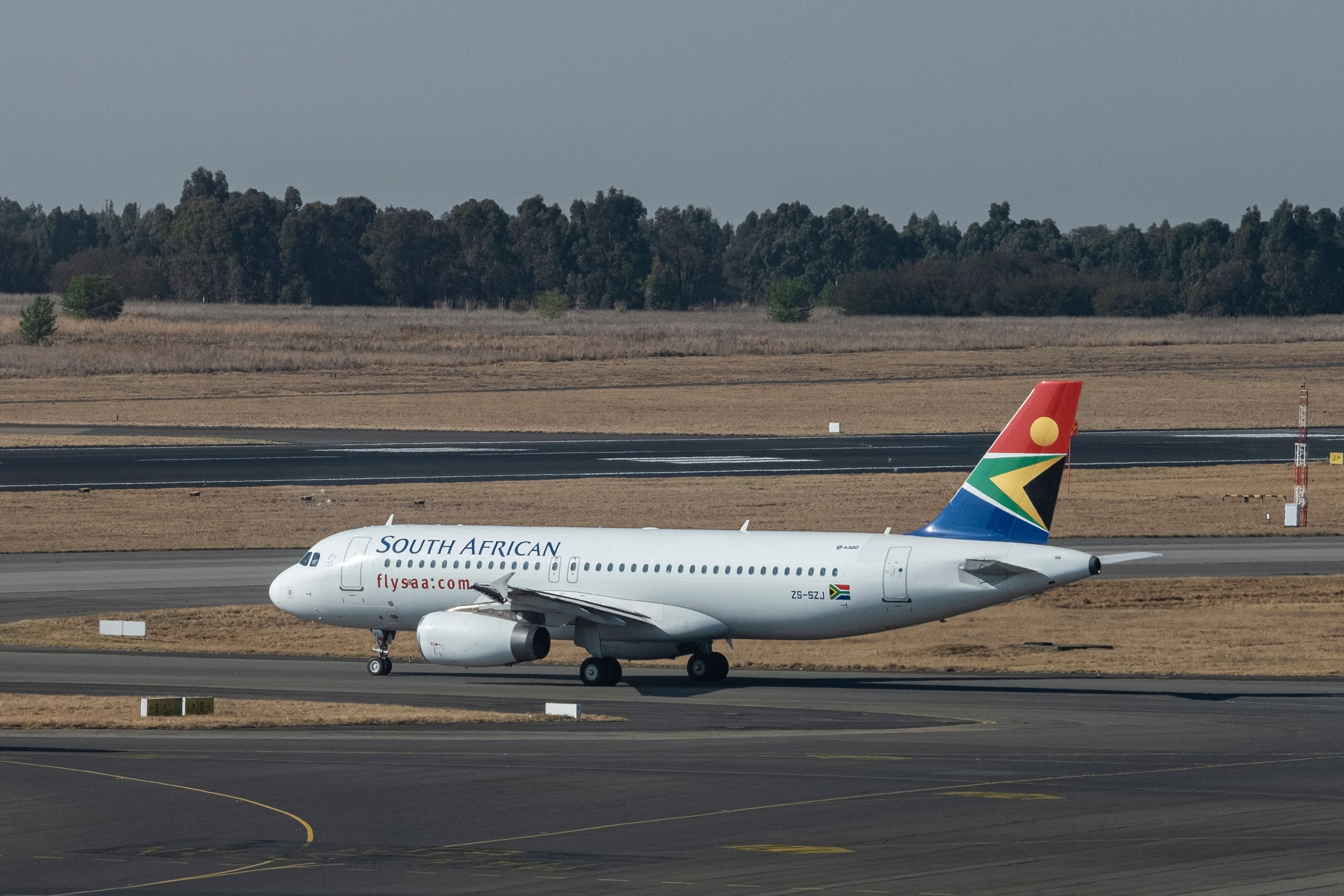In 2019, Africa was one of the fastest-growing regions in the aviation industry, with 95 million passengers traveling through the continent that year according to African Airlines Association data.
With a significant chunk of Africa’s aviation industry driven by tourism, pandemic travel restrictions saw that number decline to just 34.7 million in 2020.
As the sector recovers, it still faces various challenges, including continued restrictions on countries with limited vaccination programs and a decreased workforce due to industry-wide lay-offs.
Regardless, Africa’s aviation industry is on the rebound thanks to pent-up demand from tourists desperate to explore after almost two years of lockdowns. Let’s take a closer look at the continent’s five busiest airports.
Mohammed V International Airport, Morocco
Serving the city of Casablanca, Mohammed V International Airport (CMN) was opened in 1943 as a US military airfield. It was handed over to Morocco in 1959 and was renamed after the country’s Sultan from 1927 to 1953, Mohammed al-Khamis bin Yusef bin Hassan al-Alawi.
The airport serves as a hub for two airlines, Air Arabia Maroc and Royal Air Maroc, the country’s flag carrier. Morocco’s Airport Authority (ONDA) found that the airport carried over 10 million passengers in 2019.
Like all airports worldwide, CMN declined during the pandemic; however, passenger rates have recovered to around 80% of 2019 levels. In March alone, 1,452,030 passengers traveled through the airport.
Cape Town International Airport, South Africa
Named by Skytrax as the best airport in Africa, Cape Town International Airport (CPT) saw 10,823,737 passengers in 2019. Commissioned in 1954, the airport serves as a gateway to Africa, the Americas, Europe, Asia, the Middle East, and Oceania.
CPT has seen strong post-pandemic growth, most recently with Delta Air Lines finally receiving approval to operate the South African triangle route after two years.
Addis Ababa Bole International Airport, Ethiopia
Established in 1962, Addis Ababa Bole International Airport (ADD) is set in the Bole district of the Ethiopian capital and serves as the country’s main international airport. The airport is currently undergoing a significant expansion project as part of its 2025 vision, which has seen Ethiopian Airlines open a new passenger terminal in August 2020.
ADD is expected to grow further in the coming years. Ethiopian Airlines has floated plans to turn the airport into a $5 billion mega airport hub capable of serving up to 100 million passengers to rival Emirates and Dubai.
In 2018, the airport saw 12.1 million passengers, with Routes ranking it as the 16th fastest growing airport globally.
Cairo International Airport, Egypt
Taking second place is Cairo International Airport (CAI), carrying just over 19 million passengers in 2019, according to CEIC. The airport has undergone several expansions in recent years, including the renovation of Terminal 2 in 2015 to increase capacity and a new baggage system in Terminal 3.
CAI serves as the hub for EgyptAir, which is moving to increase operations at the airport post-pandemic. The carrier’s investment in Airbus A220 narrowbodies to serve on its domestic routes will likely help CAI expand into an international hub thanks to its strategic location in North Africa.
O.R. Tambo International Airport, South Africa
In the top spot is Johannesburg’s O.R. Tambo International Airport (JNB), which carried 21 million passengers in 2019, though it has the capacity for around 30 million. Opened in 1952 as the Jan Smuts International Airport, it was renamed in honor of anti-apartheid politician Oliver Reginald Tambo in 2006. JNB links South Africa to five continents and serves as a hub for multiple airlines, including flag carrier South African Airways, and British Airways.
Discover more aviation news here.
As the busiest airport on the continent, it has played an essential role in some significant historical aviation moments, including testing Concorde for “hot and high” conditions and being the first African airport to welcome the Airbus A380 in 2006.
The ramping up of operations and recent flooding in KwaZulu-Natal have seen the airport struggle to meet fuel demands from airlines, having suffered from recurrent fuel shortages in the previous few months. However, JNB has already seen major post-pandemic recovery, with a 20% increase in passenger traffic for 2022 Q1 compared to the same period in 2021.
Have you visited any of these airports? Let us know in the comments.
Sources: Routesonline, Business Insider Africa, Global Risk Insight

